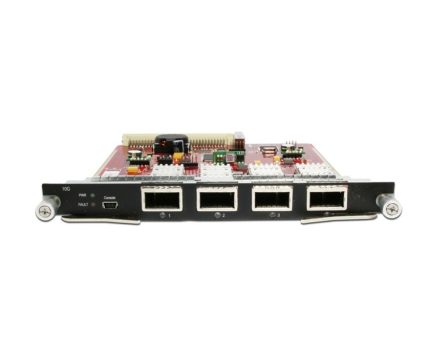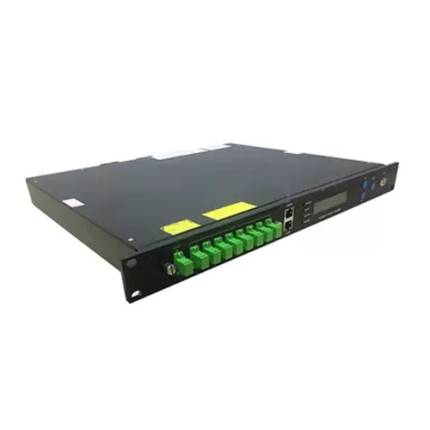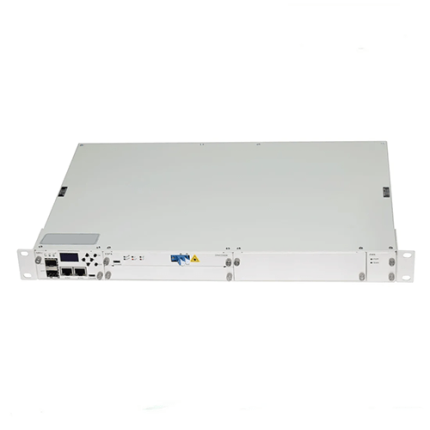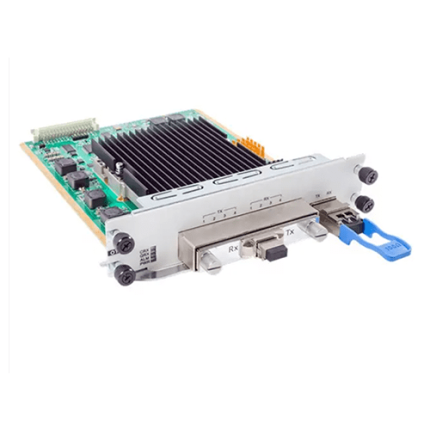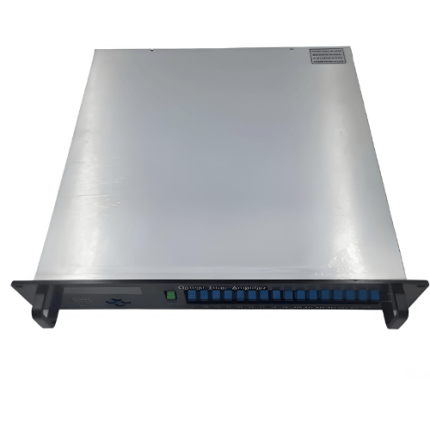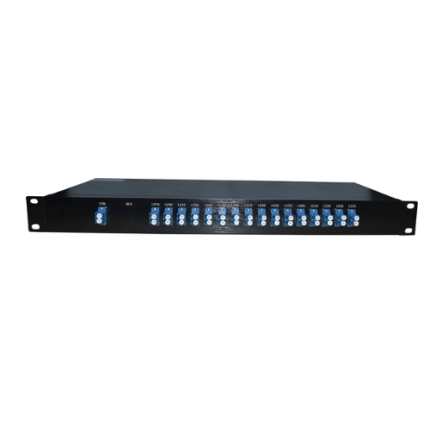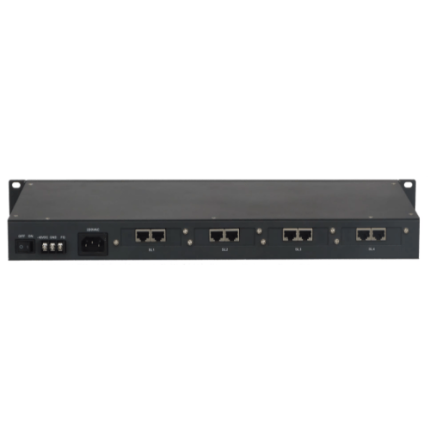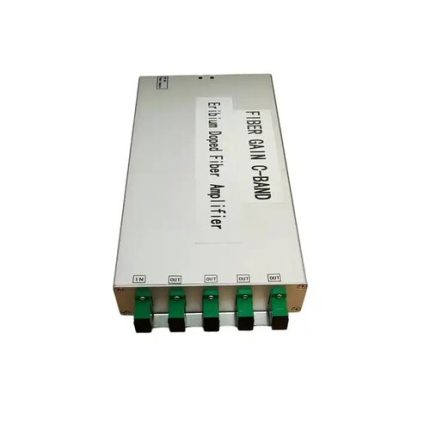GAO-WTP-101 / WDM / 1U / 10G / OTN
SKU:
GAO-WTP-101
GAO-WTP-102 / CWDM / DWDM / 4x10G / OEO
SKU:
GAO-WTP-102
GAO-WTP-103 / CWDM / DWDM / 10G / OEO / SFP / OTU
SKU:
GAO-WTP-103
GAOTek High Power Optical Amplifier
SKU:
GAOTek-OPA-176
GAOTek OEO with 3 R WDM Transponder
SKU:
GAOTek-WDMT-208
GAOTek 1 U C-band DWDM EDFA Amplifier
SKU:
GAOTek-OPA-162
GAOTek 1 U CWDM Mux Demux LGX Cassette Rack
SKU:
GAOTek-MDX-234
GAOTek 1+1 Optical Line Protection Device (OLP)
SKU:
GAO-WPS-101
GAOTek 10 G DWDM C Band Channel Mux XFP Transceiver
SKU:
GAOTek-MDX-278
GAOTek 100 G WDM Transponder
SKU:
GAOTek-WDMT-202
GAOTek 100 G WDM transponder is an access single-board for services of 1-channel 100 Gbit / s rate, its main function is to complete the operations inside the board for the optical signal of 1-channel 100 Gbit / s rate services, such as OTN framing and SDFEC coding, and then output 1-channel OTU4 optical signal.
GAOTek 1550nm Optical Amplifier EDFA For GPON
SKU:
GAOTek-CWDM-214
GAOTek 16 Channels Ethernet Passive Optic Fiber DWDM Mux Demux
SKU:
GAOTek-MDX-259
GAOTek 16 Channels Ultra Compact Low Mux Demux
SKU:
GAOTek-MDX-273
GAOTek 16dbm Fiber Optical Amplifier
SKU:
GAOTek-CWDM-211
GAOTek 16dbm Fiber Optical Amplifier is designed and manufactured according to the communication level standards, amplifying the 1550 nm optical signal, which is mainly used for TV image signal, digital television signals, telephone voice signals and data (or data compression) signal for a long-distance optical fiber transmission.
GAOTek 18 Channel Single Fiber 1270 ~1610 nm CWDM Mux/De-Mux
SKU:
GAO-WCX-101
GAOTek 20 Channels Ultra Compact
SKU:
GAOTek-MDX-271
GAOTek 22dBm Optical Amplifier
SKU:
GAOTek-MDS-149
GAOTek 30 Channels Voice And Data PCM MUX
SKU:
GAOTek-MDX-252
GAOTek 32 Port CATV Fiber Optical Amplifier
SKU:
GAOTek-WOA-106
GAOTek 32 Ports CATV Transponder
SKU:
GAOTek-WDMT-110
GAOTek 4 Channels WDM Transponder
SKU:
GAOTek-WDMT-201
GAOTek 4 CWDM Lanes Mux Demux QSFP Transceiver Module
SKU:
GAOTek-MDX-237
GAOTek 4 Port Mini EDFA Optical FTTH Amplifier
SKU:
GAOTek-WOA-109
GAOTek 4 Ports Optical Fiber Amplifier
SKU:
GAOTek-CWDM-202


